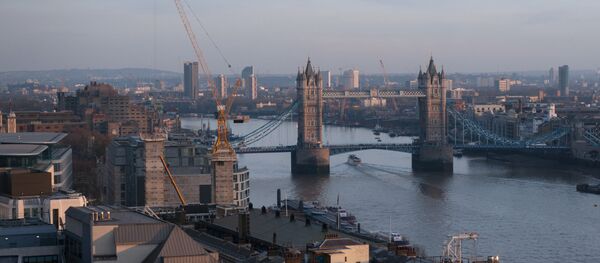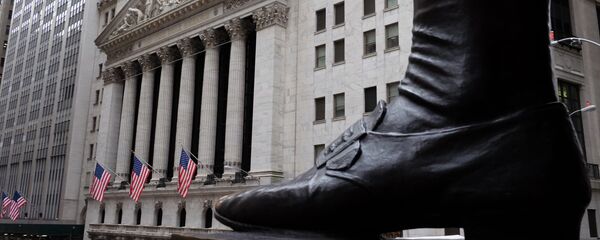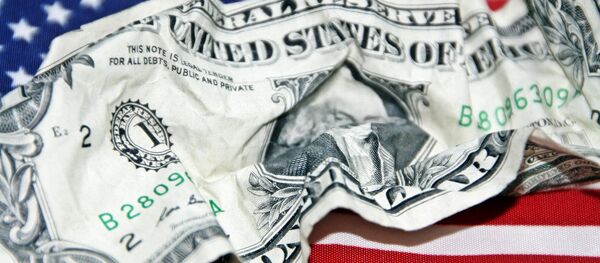US economic expansion braked more than expected at the close of 2016 amid the greatest decline in six years in US foreign trade and lukewarm consumer spending. Business investment increased only slightly, uplifted by the optimistic expectations from the Trump presidency, who was elected into office in the midst of the fourth quarter. Although the outlook into 2017 looks somewhat brighter, the new White House administration has to take urgent steps in order to dodge a recession.
US GDP rose an annualised 1.9pc in Q4, the Commerce Department said in the early hours of Friday, compared to the 3.5pc growth reported for the third quarter. Compared to the 1-perent growth from the first half of 2016, the Q4 estimate looks more realistic than the Q3 figures from just before the election. This lends credibility to the upbeat Q3 figure as designed to make the Democrat administration look good on the election's eve.
The US economy thus expanded only 1.6pc in 2016, supporting Trump's viewpoint of the current growth cycle as its worst recovery in 75 years. In 2015, the economy grew 2.5pc.
Previous expectations called for 2.2pc growth for the fourth quarter.
The dismal growth looks paradoxically strange, in particular, with the US labour market in near "full employment": the jobless rate is roughly 5pc. Additionally, the Federal Reserve's base borrowing costs are still very low, at 0.5-0.75pc. That said, all the wealth generated by the cheap credit and a lot of people at work are being wasted by the structural inefficiency of the US economy, struggling amidst excessive regulation and bureaucratic interference, prohibitively high taxes, crippled productivity, and general mismanagement.
Consumer confidence and business investment posted signs of acceleration after Trump was elected on November 8. US domestic consumption makes up some 70pc of the US GDP, and it rose 2.5pc year-on-year in Q4. Business inventories rose to $48.7 bln in 4Q16 compared to $7.2 bln in Q3m while spending on heating and machinery rose 3.1pc year-on-year in the fourth quarter.
Combined, private domestic consumer and business spending rose 2.8pc in Q4 year-on-year compared to 2.5pc in the third quarter.
"The economy has strong underlying fundamentals," Ryan Sweet of West Chester, PA-based Moody's Analytics Inc., said prior to the Commerce Department's report being released. "Growth should accelerate this year."
These figures reflect the concerns of the US economy as fairly misbalanced and contradictory, with a sustainable situation in some sectors, and despair in others. In a broader picture, all this reflects the immediate necessity to take measures to the make the US economy productive again, which is up to the current White House administration.






